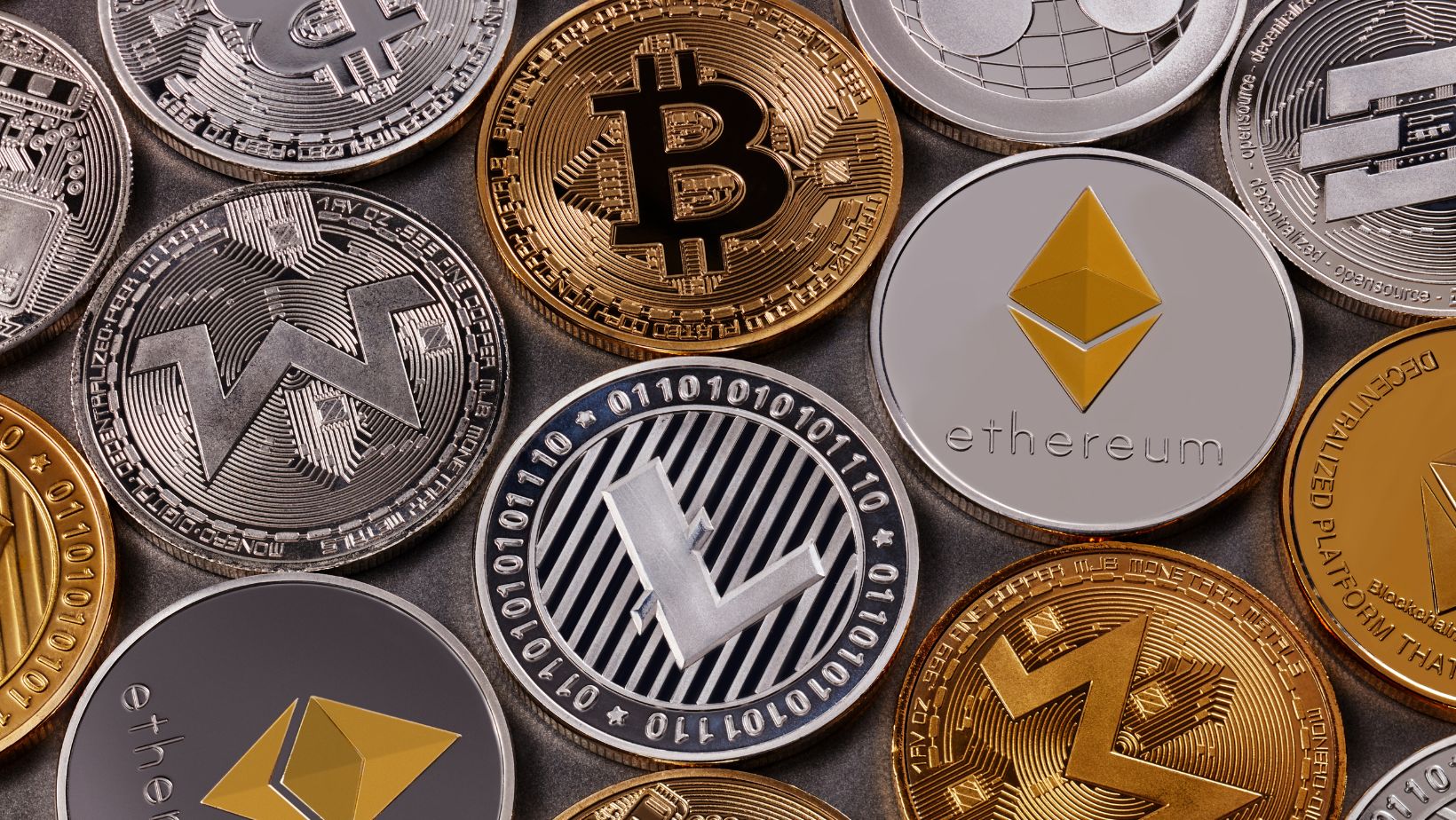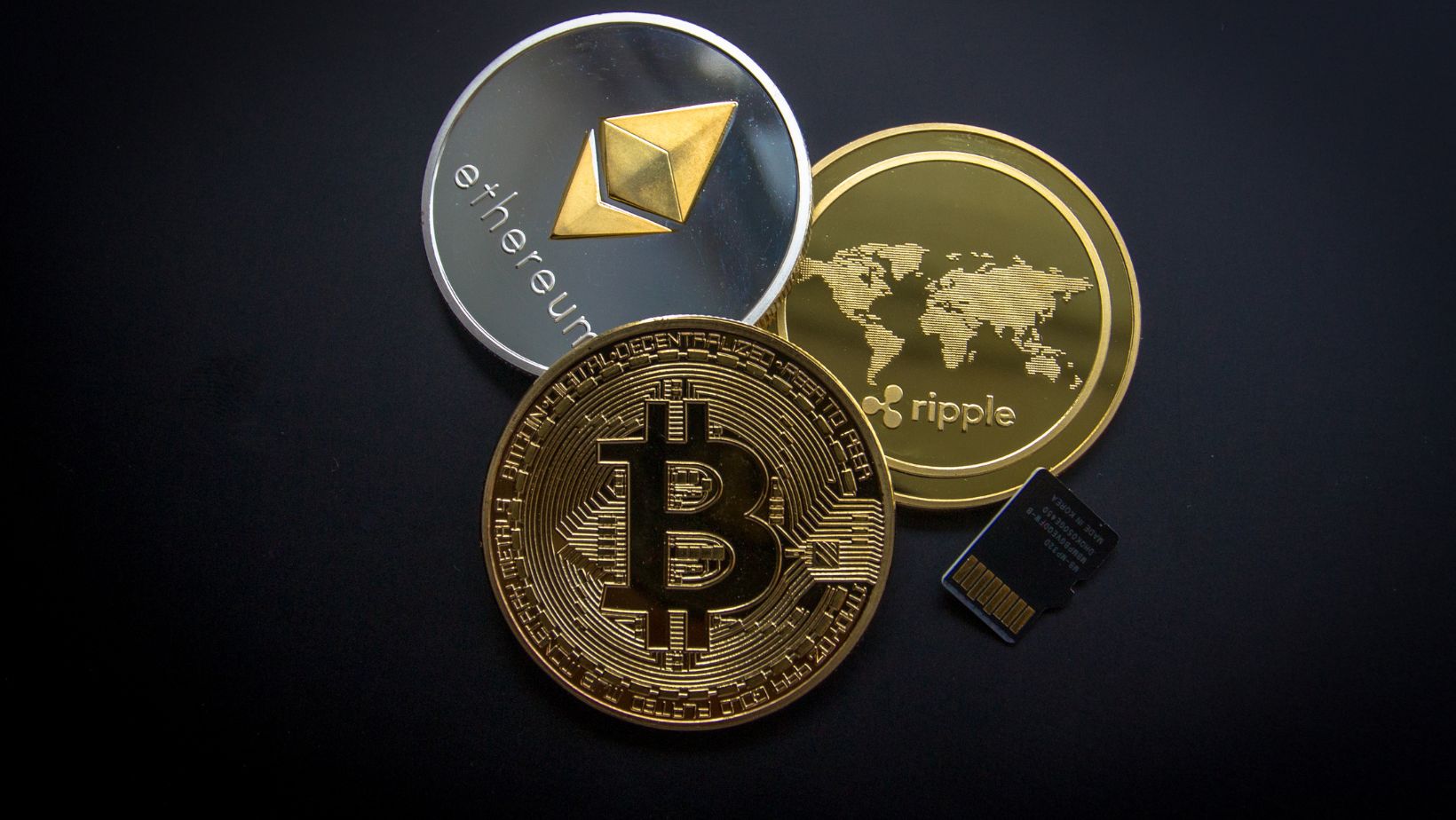
Do you remember the times when GPUs were so expensive just because of the increased demand for crypto mining? Yes, it was a time when regular gamers couldn’t afford or get their hands on a proper GPU since most of them were at mining factories. Crazy times!
This shows the impact that cryptocurrencies have not just on the financial sector, but also on many different industries including the tech industry. After all, we are talking about a digital asset powered by technology, or in other words, if the power goes out, there is no crypto.
Crypto mining has always been a myth for people who don’t much about how the process works. I know that I’ve asked the same question “What are they mining?”. But we are not talking about traditional miners, these are warehouses full of computers and big fans.
So, how does the process work exactly? Well, cryptocurrencies like Bitcoin operate on a decentralized network. What does this mean? It means that there is no central body that governs the cryptocurrency, instead there are thousands of computers (miners) all over the world supporting the network and solving transactions.
Miners are rewarded with cryptocurrency for processing transactions that they can transform into fiat or use for playing at a cryptocurrency casino. Since the price of cryptocurrencies skyrocketed in the past couple of years, everyone wanted to get into crypto mining.
This had a huge impact on the tech industry and still has to this day.
The Hardware Boom
Now we know what crypto miners are, but let’s learn more about the process of “mining”. Obviously, we are not talking about people with a pickaxe, but computers that solve complex cryptographic puzzles (transactions)
Crypto mining is a power incentive. You need to have quite expensive equipment in order to process such tasks, and they get more difficult with each halving.
When crypto started to get popular, crypto mining suddenly became a lucrative business, and everyone was buying mining rigs, which means that there was a big demand in the tech hardware sector.
This is the age of ASICs (Application-Specific Integrated Circuits), which were specialized machines designed to mine crypto, which are often more efficient than traditional CPUs or GPUs.
We are talking about high-performance hardware that pushed tech companies to develop faster, and more energy-efficient processors.
Leaders in the industry like Nvidia and AMD saw a huge increase in sales as their GPUs became the perfect solution for crypto miners. But this had a far bigger impact. We are talking about supply chain issues, companies couldn’t develop and produce GPUs as fast as they were selling, and this affected both the gaming and the tech industry.
There was a big GPU shortage in 2020 and 2021, where we as gamers were left alone, and the entire focus was on crypto miners.
And what’s happening when there is an increase in demand? Of course, prices rise through the roof.
Cloud Computing and Data Centers
Nowadays, the entire process is more advanced. With the rise of cloud computing, these data centers are suddenly more popular than ever before. The crypto mining demand continued to surge, but people were looking at other solutions and innovations in data center design and management.
Even traditional data centers, that were used for cloud services and AI applications, were adapted to accommodate mining rigs.
But what’s the problem when you infuse a data center with so much comping power and constant operations? Of course, heating!
This started the innovation of cooling solutions and energy management, with Dallas Texas utility companies playing a significant role in driving greener and more efficient designs.
Even companies like Amazon Web Services (AWS) and Google Cloud made a decision to start offering cloud mining services, which allowed people to rent computing power for mining without investing in any expensive hardware.
Energy Consumption
Here’s the thing—cryptocurrency mining consumes an insane amount of energy. Bitcoin mining alone consumes more electricity than countries like Argentina or Sweden, leading to concerns about its environmental impact. As a response, tech companies are looking for ways to make mining more sustainable.

Blockchain platforms are shifting from proof-of-work to proof-of-stake consensus mechanisms, which require significantly less energy. Ethereum’s shift to proof-of-stake, for example, is estimated to reduce its energy consumption by a whopping 99.95%. This shift could mark a turning point for the mining industry, reducing its carbon footprint and fostering innovation in energy-efficient technologies.
On the hardware side, new mining operations are tapping into renewable energy sources like solar and wind power, which not only lower operational costs but also address growing environmental concerns. In fact, the largest mining farms in the world are being built near sources of cheap, renewable energy.
Innovation in Cooling and Heat Management
What happens when you run thousands of mining rigs 24/7? A lot of heat. Cooling technology is now an integral part of crypto mining setups. Liquid cooling, once reserved for the high-end gaming PC crowd, has now become mainstream in the mining industry. This cooling tech helps mining operations run more efficiently and reduces the environmental impact.

Tech companies are experimenting with innovative cooling solutions like submersion cooling, where mining equipment is submerged in a non-conductive fluid that absorbs heat. Not only does this cut down on the need for traditional air conditioning, but it also extends the lifespan of mining hardware, saving costs in the long run.
What’s Next? AI and Crypto Mining
Could AI have a role in cryptocurrency mining? Absolutely. AI is already being used to optimize mining operations by predicting market trends, energy usage, and even hardware failures. AI algorithms can make real-time adjustments to mining setups, helping miners maximize their efficiency and profits.
As AI continues to integrate with blockchain technologies, it’s not far-fetched to imagine a future where AI-powered crypto networks self-manage, creating a fully automated, decentralized economy.


